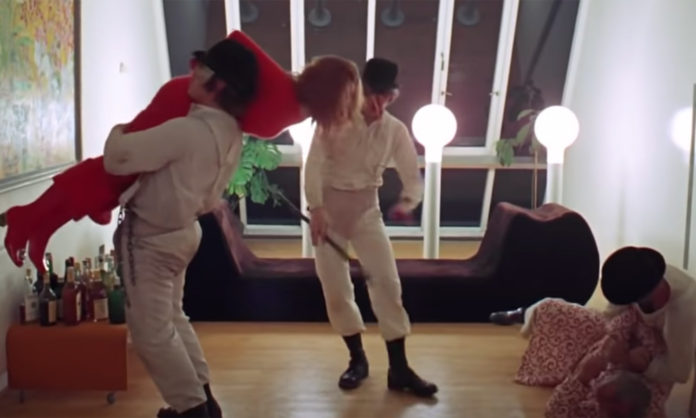In a new episode of its Page to Picture vlog, the Stage 32 blog discusses how to create great villains, using examples from popular films.
- The mirror. Heroes and villains aren’t always opposites; great pairs often have similar goals, qualities, or origins. Think Magneto/Professor X, Harry Potter/Voldemort, and Darth Vadar/Luke Skywalker. In The Dark Knight, Batman and the Joker are both outsiders in their world, though on opposite sides. Mirror villains can help you create both external and internal conflict, because they challenge your hero’s core beliefs, morality, and sense of purpose.
- The looming threat. This villain is more felt than seen, but their threat is palpable. These villains engage your reader’s imagination as an ally in the storytelling. These kinds of villains are kept off the page as much as possible, but the reader sees what they are capable of. Your supporting characters may encounter your villain off-scene, and share their terrifying experiences.
- The protagonist. You villain might not be your hero, but your protagonist, like Alex in A Clockwork Orange or Patrick Bateman in American Psycho. Your villain drives the narrative but has few heroic qualities. Your villain protagonist should have a compelling character arc and a few redeeming qualities, to keep your audience invested. Whether they rise or fall is up to you.












